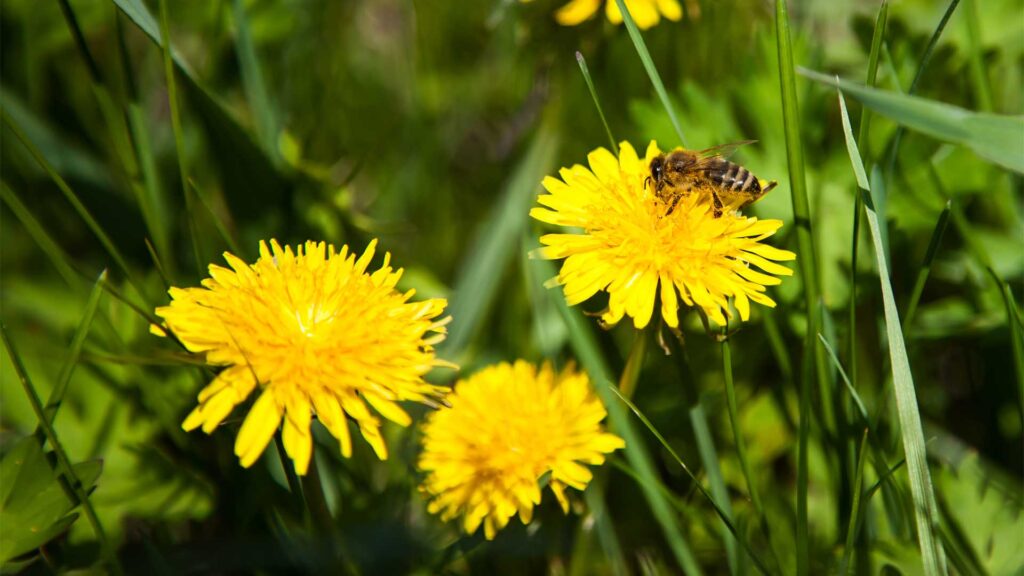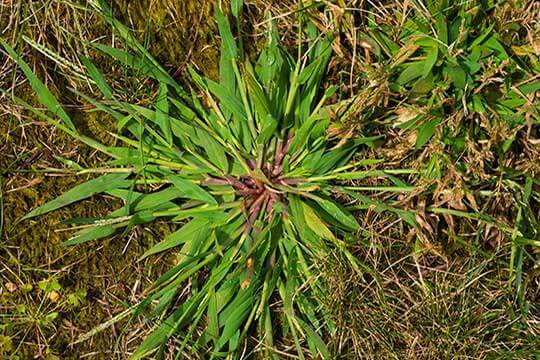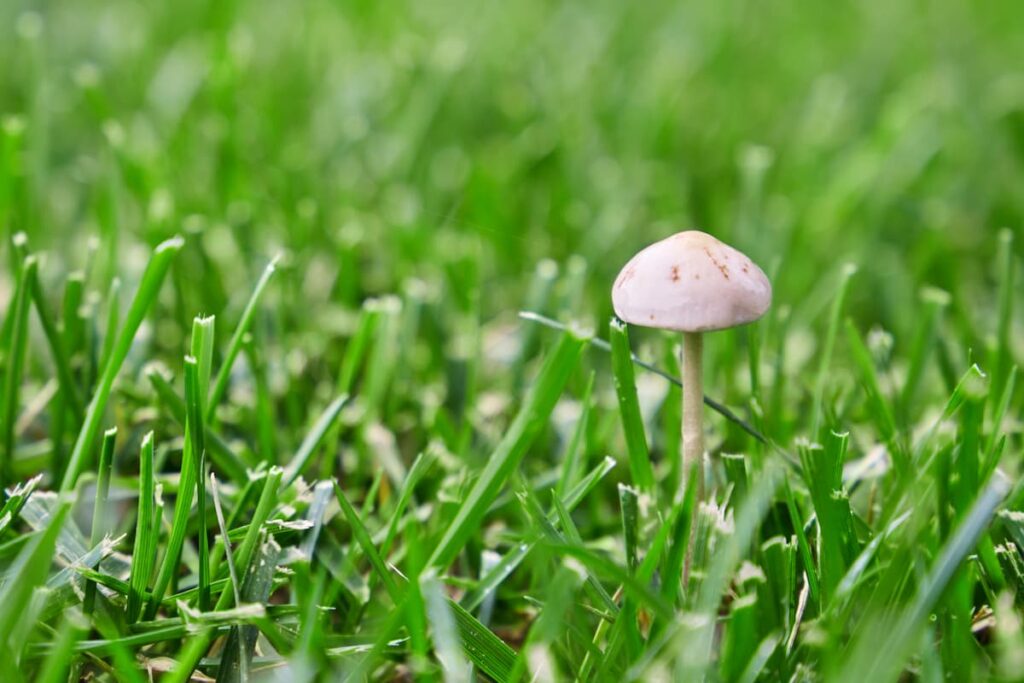For several years now, we’ve been hearing about pollinating insects and their global decline. This decline in pollinators population is concerning, as it is thanks to those precious insects that many vegetal species reproduce, and provide food to both animals and humans. Without them, some crops become vulnerable and put food security in jeopardy. Many different factors have an influence on the pollinating insects population decline, such as habitat loss, diseases, parasites, and the use of pesticides.
It is important to know that not all pollinating insects are currently threatened. Right away, when thinking about pollinators, we immediately think of honeybees. These bees are not endangered as they are farmed species. While there is a parasite that has caused important damages in bees colonies recently, the species in itself is not in danger, though it is an economic catastrophe for producers. In the medium term, it is wild insects that are of greater concern.
How to help pollinators at home?
No mow May : Yes, but!
In the last few years, the No mow May movement has gained in popularity. Citizens are advised not to mow their lawns during the entire month, which allows pollinating insects to feed on dandelion pollen.
No mow May certainly helps raise awareness on the importance of pollinator-friendly environments. Providing a season-long bloom that will allow them to feed year-round, not just in the spring, is vital to their survival. Many species produce pollen in early spring, such as maple trees and apple trees. These types of pollens are very attractive to the pollinators. if you live in a neighborhood with free trees, dandelions and other early-blooming flowers are more important to pollinators.
One of the disadvantages of not mowing your lawn for an entire month, while it is growing, is that it could grow to a height of 30 to 40 cm. To avoid damaging your lawn’s health, it is best to avoid mowing more than a third of the grass at a time. Since standard mowing equipment can’t mow grass this high, this basic principle cannot be respected. Cutting a good portion of the above-ground portion of the lawn will definitely damage its health. The turf will be weakened, therefore making it more vulnerable to insects, diseases and stress.
It is also important to think about the unwanted insects that might take up residence in a lawn left high. Some of them can cause important health problems, such as ticks. Great vigilance is required.
Delaying mowing during dandelion bloom
Without stopping mowing completely, you can still delay your mowing period during dandelion bloom. Depending on your region, they can bloom up until june. When they are yellow, avoid mowing or mow one part at a time. You can mow the front one week, and then the back the next week. When they go from yellow to white, they lose interest for the pollinators and you can then mow completely.
Feeding pollinators year-round
Since pollinators need our help during the entire season, not just in May, here are some good practices you can implement at home right away:
- Plant species attractive to the pollinators such as milkweed, monarda and cosmos.
- Plan successive blooms from spring to fall.
- Create a maintenance-free area on your lawn, where nature takes over.
- Increase the mowing height and its tolerance to the biodiversity of the lawn.
Recovering your lawn after No mow May
Should you wish to try the experience and completely stop mowing during the month of May, your lawn will need special care afterwards in order to recover. To minimize the impact this stressful even can have and get your healthy, sustainable lawn back, here’s what you will need to do:
- Raise your mower blades as high as possible and slowly lower them mowing after mowing until you get to the recommended 8 cm. Do not do it all at once.
- For the first few mowings, collect the clippings and compost them. There will be too much, and such a quantity can suffocate your lawn.
- Ask your Nutrite Expert to help you adequately feed your lawn by giving it the nutrients it needs in order to regain its strength as fast as possible.
To find out more about the decline of the pollinators population, and how to help them by creating friendly green spaces for them, watch the Mjardinier video, filmed with Guillaume Grégoire, PhD. agr. specialist in Quebec.




